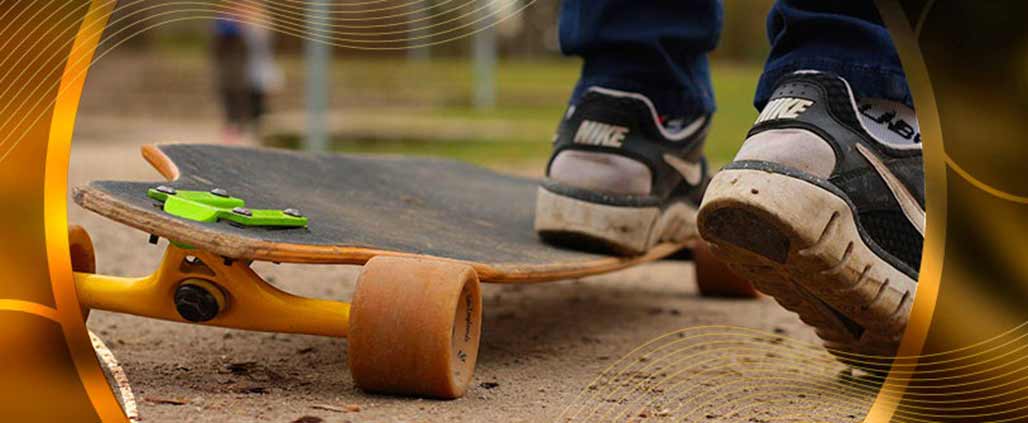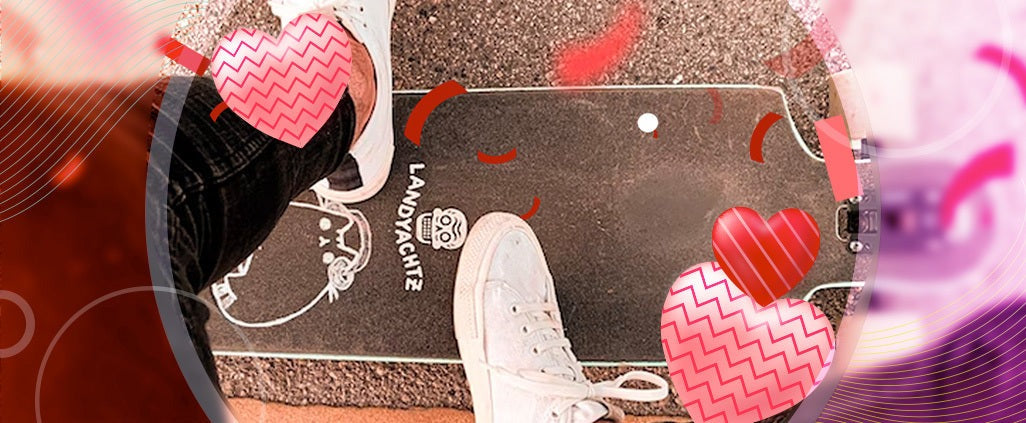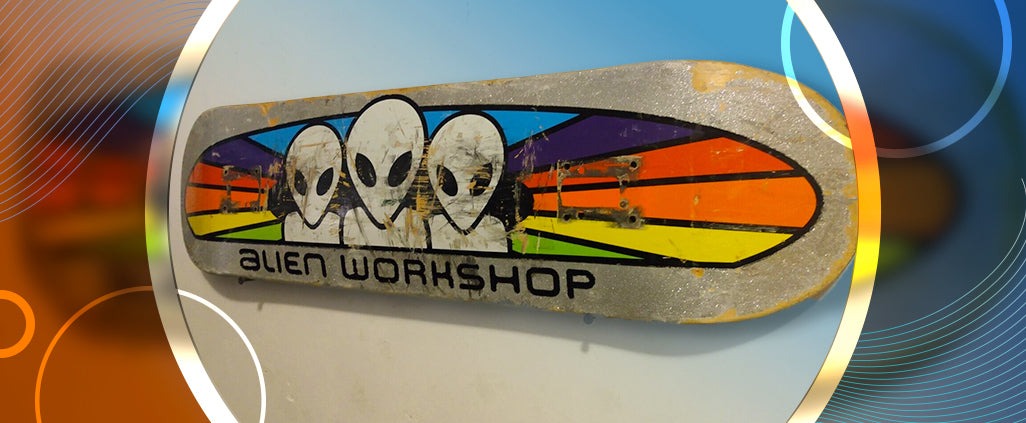
What are the Parts of a Longboard? - Everything you Need to Know
Before making the decision to get on a longboard, it is important that you know its parts because learning about its functionality will be fundamental for your performance. When you start practicing longboarding, you should be aware not only of the tricks but also of its parts; this way you will know how to get the most out of it and, you will know how to maintain it correctly. All this will help you choose the ideal board to enjoy this great lifestyle.
-
Deck: Mostly made of 7-ply Canadian (maple) wood. The front part is the Nose, and the back part is the Tail. The material and manufacturing technology can be the classic skateboard material, seven (or nine) maple boards, but it is also common to find bamboo boards, which are more flexible. Some are reinforced with layers of fiberglass, to support more weight and protect it from shocks.
Deck dimensions vary depending on the use to which it will be put. It is usually long. It can be between 26" and up to 78" in length. The shape and width also vary, usually between 7" and 15" wide
-
Trucks: Trucks are two and, they are attached to the sides of the board, but not at the end. Most of them are made of aluminum. Their function is to connect the wheels to the board (by means of 8 bolts and 4 nuts), and they are used to make the turns. This requires several components: The main one is the Kingpin or lead Hardware is a 1/2 12.5 mm iron "stud" where the two rubbers are coupled and passes through a hole in the axle to be able to tighten it with the nuts.

How to choose them?
The bigger they are, the more stability and control, but also more weight.
-
Bearings: Each board has 8 bearings, which means that there are 2 for each wheel. They are metal rings with 6, 7, or 8 balls inside protected by two thin discs. They are usually made of aluminum. Between each bearing, there is a spacer that covers the distance from one to the other so as not to lose speed and prevent the wheel from wearing evenly.

-
Wheels: There are 4 and they go on the ends of the axles. Made of urethane. They can be classified according to their size and hardness:
According to size:
56 mm to 60 mm: Used for street skateboarding, skate parks, bowls, pots, vertical ramps, and larger skaters.
60 mm or larger: Used for longboarding, riding on slopes, or dirt roads.
Depending on hardness:
87A: They are a good choice for long skateboards, cruising style, and slopes. Very good for uneven surfaces.
95A: Ideal for street style and not losing control in bumps.
97A: Good performance on all types of smooth surfaces, such as parks, ramps, and pots.
100A: Used by experts. They are very hard wheels with little traction, especially in rocky places.
-
Griptape: To begin with, it is the element that is attached to the board and whose purpose is to give you the proper grip when you ride your board. Otherwise, your shoes would slip, causing you to fall or the lack of momentum needed to do various tricks if that's what you're looking for. It is important to take this into account when riding your longboard, according to your tastes and needs. Anyway, it is good that you know more about the materials, durability, and other characteristics to be able to make a good choice.

-
Riser Pad: Riser pads are those rectangular plastic pads that are sometimes placed between the axles and the board, which raise the board a few millimeters and raise the center of gravity a little. They serve to cushion and protect the wood against impacts, help to minimize vibrations, and prevent the wheels from touching the board.

-
Hardware: Fundamental for attaching the axles to the board. Depending on whether or not the axle has risers (riser pad), you will need a different length of the Hardware.

Knowing the components of a longboard is something very relevant if you want to start, or have already started in this wonderful world. Your lifestyle will now be different, and it is of vital importance that you understand how these boards that are the joy of many young people in the world are formed. Now that you know their parts, what are you waiting for to get yours? Find out more at Longboards USA.



